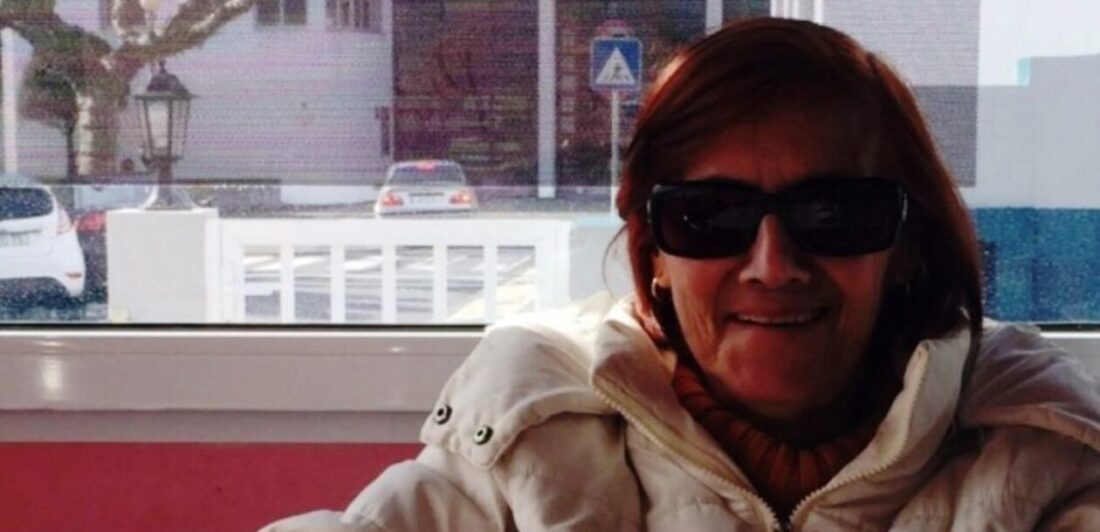Views: 0
Carlos Fino

DAVE BRUBECK QUARTET – TAKE FIVE (in colour)
The video here is the Dave Brubeck Quartet performing the classic TAKE FIVE in Belgium in 1964, upscaled and colourised.
Paul Desmond (alto sax), Joe Morello (drums), Eugene Wright (bass) and Dave Brubeck (piano)
The original B&W film is here: https://www.youtube.com/watch?v=tT9Eh8wNMkw
Taking its name from its unorthodox quintuple (5/4) time, the jazz standard TAKE FIVE was composed by Paul Desmond, and originally recorded by the Dave Brubeck Quartet at Columbia Records’ 30th Street Studio in New York City in July 1959 for their album Time Out, TAKE FIVE.
Brubeck explained in a 1995 interview with Paul Zollo that he asked Desmond to try writing a song in 5/4.
Said Brubeck: “I told Paul to put a melody over (drummer) Joe Morello’s beat. So Paul put a couple melodies. But he didn’t have a tune. He just had two melodies. He said, ‘I can’t write a tune in 5/4,’ and he had given up. I said, ‘You’ve got two good melodies here, let’s work out a form.’ So I worked out an A-A-B-A form and Paul caught on immediately.”
Two years later it became a surprise hit and the biggest-selling jazz single ever.
Revived since in numerous movie and television soundtracks, the piece still receives significant radio airplay.
The single was inducted into the Grammy Hall of Fame in 1996.
—————————————–
Hello, and a warm welcome to everyone who has joined COLOURING THE PAST.
The page is my attempt to add a little colour to the cheeks of the past. It’s not intended to offer anything ‘better’ than the original black & white footage; just a different take.
Running the page is a one-man operation. I write and research the articles, and edit the videos which involves several hours of work – upscaling, colourising and tweaking in various software.
This takes about half a day of unpaid work. If you could see fit to make a small donation then I would be genuinely grateful.
Thank you and best wishes, Paul ![]()
Just visit one of the links to donate (all secure connections):
PAYPAL: https://www.paypal.me/decade7787
JUSTGIVING: https://www.justgiving.com/crowdfunding/ctp

DAVE BRUBECK QUARTET – TAKE FIVE (in colour)
The video here is the Dave Brubeck Quartet performing the classic TAKE FIVE in Belgium in 1964, upscaled and colourised.
Paul Desmond (alto sax), Joe Morello (drums), Eugene Wright (bass) and Dave Brubeck (piano)
The original B&W film is here: https://www.youtube.com/watch?v=tT9Eh8wNMkw
Taking its name from its unorthodox quintuple (5/4) time, the jazz standard TAKE FIVE was composed by Paul Desmond, and originally recorded by the Dave Brubeck Quartet at Columbia Records’ 30th Street Studio in New York City in July 1959 for their album Time Out, TAKE FIVE.
Brubeck explained in a 1995 interview with Paul Zollo that he asked Desmond to try writing a song in 5/4.
Said Brubeck: “I told Paul to put a melody over (drummer) Joe Morello’s beat. So Paul put a couple melodies. But he didn’t have a tune. He just had two melodies. He said, ‘I can’t write a tune in 5/4,’ and he had given up. I said, ‘You’ve got two good melodies here, let’s work out a form.’ So I worked out an A-A-B-A form and Paul caught on immediately.”
Two years later it became a surprise hit and the biggest-selling jazz single ever.
Revived since in numerous movie and television soundtracks, the piece still receives significant radio airplay.
The single was inducted into the Grammy Hall of Fame in 1996.
—————————————–
Hello, and a warm welcome to everyone who has joined COLOURING THE PAST.
The page is my attempt to add a little colour to the cheeks of the past. It’s not intended to offer anything ‘better’ than the original black & white footage; just a different take.
Running the page is a one-man operation. I write and research the articles, and edit the videos which involves several hours of work – upscaling, colourising and tweaking in various software.
This takes about half a day of unpaid work. If you could see fit to make a small donation then I would be genuinely grateful.
Thank you and best wishes, Paul ![]()
Just visit one of the links to donate (all secure connections):
PAYPAL: https://www.paypal.me/decade7787
JUSTGIVING: https://www.justgiving.com/crowdfunding/ctp
